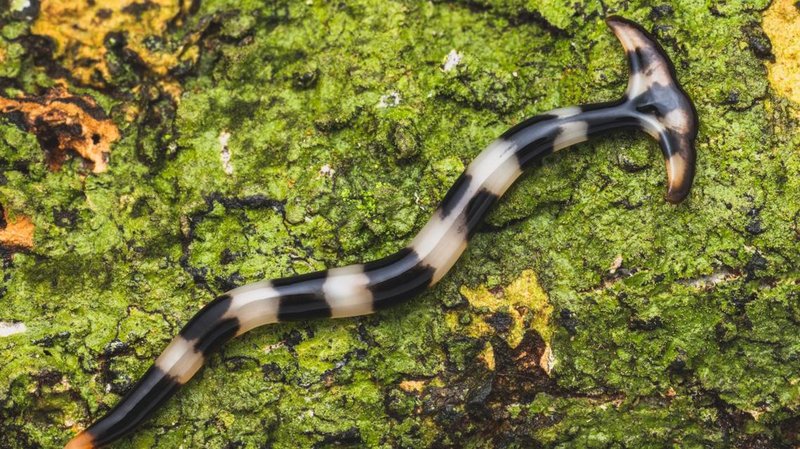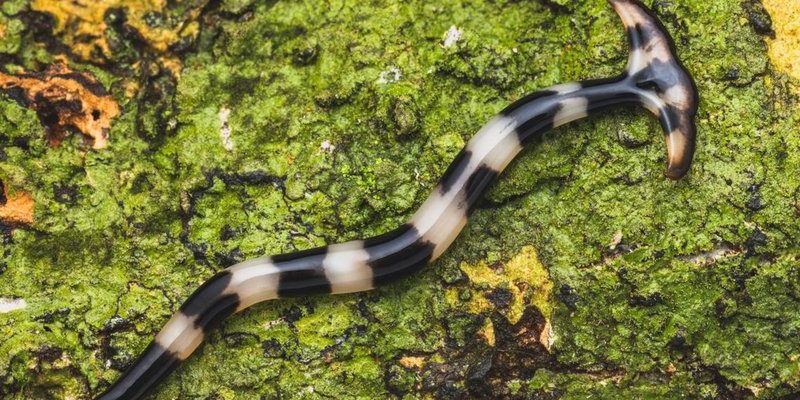
Understanding moisture conditions is crucial for anyone interested in biology, gardening, or just curious about the natural world. Think of it like finding the perfect temperature for brewing your favorite cup of coffee. If it’s too hot or too cold, you won’t get the best flavor. Similarly, hammerhead worms flourish under specific moisture levels. Let’s dive into what those conditions are and why they matter for these unique creatures.
What Are Hammerhead Worms?
Before we talk about moisture, let’s quickly cover what hammerhead worms are. These worms belong to the genus *Bipalium* and are known for their distinctive hammer-shaped heads. Mostly found in tropical and subtropical regions, they can be quite colorful, ranging from yellow to brown.
Hammerhead worms are predatory, feeding on other small invertebrates, like earthworms and snails. While they can be beneficial as natural pest control, they can also be problematic when they invade gardens, competing with local species. Understanding their habitat and conditions can help you manage them better.
Understanding Moisture Conditions
Moisture conditions are a big deal for hammerhead worms. Generally, they prefer environments that are damp but not too wet. Think about it: if you’re too dry, you’ll feel parched and sluggish, but if you’re completely soaked, it’s uncomfortable, right? Well, hammerhead worms feel the same way. They thrive in soil that’s consistently moist, allowing them to move smoothly and hunt for food.
In their natural habitats, such as rainforests or humid ecosystems, the moisture level is often high. This moisture helps maintain the worms’ skin, which is crucial for their respiration. Unlike us, they don’t have lungs; they absorb oxygen directly through their skin. So, without adequate moisture, they can dry out and die.
Ideal Moisture Levels for Hammerhead Worms
Now, let’s get into specifics: what kind of moisture levels do these worms prefer? In general, hammerhead worms like soil that maintains a moisture content of around **30% to 50%**. This is quite different from most garden plants, which may thrive in ranges of 20% to 40%. Here’s how to think about it:
- Drought Conditions: If the soil moisture drops below 30%, you might notice fewer hammerhead worms. They simply can’t survive in dry conditions.
- Saturated Soil: On the flip side, if the soil is too wet, it can cause problems like rot and mold, making it hard for the worms to thrive. They need a balance!
Keeping your soil consistently moist, without overwatering, is key to creating a hospitable environment for these critters.
How Rainfall Influences Hammerhead Worm Activity
Rainfall plays a direct role in hammerhead worm activity. After a good rain, these worms tend to emerge from the soil, becoming more active. It’s almost like they’re throwing a party, celebrating the perfect moisture levels!
The rain saturates the soil, creating that perfect environment they crave. In areas with frequent rain, you might notice these worms a lot more. But it’s not just about the rain itself; it’s also about how long it lasts. Short, heavy showers can create muddy conditions that may not be ideal, while consistent, gentle rain helps the soil retain moisture without becoming waterlogged.
Temperature and Humidity Interactions
Moisture doesn’t act alone; it interacts with temperature and humidity, creating a microclimate that can either help or hinder hammerhead worms. Typically, they prefer warmer temperatures, usually between **20°C to 30°C (68°F to 86°F)**. This is when they are most active.
In warm, humid conditions, the moisture in the air and soil is just right for these worms. You might notice them more during summer months because the heat encourages their activity. However, if temperatures soar too high or drop significantly, the moisture levels can change, impacting their presence.
Think of it like a seesaw. On one side, you have the temperature, and on the other, the moisture. If one side goes too high or too low, it can tip the balance, affecting the worms’ ability to thrive.
Managing Soil Conditions for Hammerhead Worms
For those interested in gardening or maintaining a balanced ecosystem, managing soil conditions is key. Here are some tips to create an ideal environment for hammerhead worms:
1. **Regular Watering:** Keep the soil consistently moist but not soggy. A good rule of thumb is to check the top inch of soil. If it feels dry, it’s time to water.
2. **Mulching:** Adding a layer of mulch can help retain soil moisture, reducing evaporation on hot days.
3. **Soil Composition:** Incorporating organic matter like compost can improve the soil structure, enhancing moisture retention and providing nutrients.
4. **Avoid Chemical Treatments:** Pesticides and harsh chemicals can harm these worms. Go for organic options when possible.
By managing these elements, you create a thriving environment not just for hammerhead worms but for the whole ecosystem.
If you’re curious about the natural world, understanding the moisture conditions that favor hammerhead worm activity can be quite rewarding. These unique creatures play an intriguing role in their ecosystems. By learning about their preferences, you can better appreciate their contributions to the environment. Whether you’re gardening or just observing nature, being mindful of soil moisture, temperature, and overall conditions can help maintain a healthy balance.
So, keep your eyes open the next time it rains! You might just spot one of those fascinating hammerhead worms enjoying the perfect conditions, thriving in their little piece of the earth.

